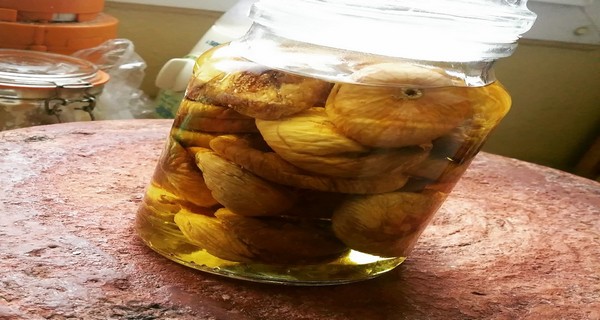Ad Blocker Detected
Our website is made possible by displaying online advertisements to our visitors. Please consider supporting us by disabling your ad blocker.

Looking for another fall-blooming native flower to pair with showy goldenrods? Sky blue aster could be a perfect choice. This plant produces charming little daisy-like blooms from late August through October. The flowers typically range from light blue to lavender in color, always with a bright yellow center.
Sky blue asters normally don’t have issues with pests or plant disease, and they can thrive in almost any soil. The flowers attract butterflies and other pollinators, making sky blue aster a good foundation plant for a low-maintenance native pollinator garden.
- Plant type: Flower
- Hardiness zones: 3a-8b
- Sun: Full sun, partial shade
- Water needs: Medium
- Soil: Sandy, loamy
- Duration: Perennial
- Mature height: 2-3 feet
12. Sourgum (nyssa sylvatica)

Sourgum trees, also known as black gum trees or black tupelo trees, are a popular choice for specimen plantings. They have shiny, dark green foliage in summer that turns to brilliant red in fall. If you’re looking to add a vibrant pop of fall color to your landscape, the sourgum tree is probably for you.
A sourgum tree might also be a good choice for you if your soil drains poorly and your yard often suffers from standing water. That being said, this hardy tree also tolerates drought and dry soil. It’s extremely versatile in the environments it can thrive in. Its uses are also diverse: You can keep a sourgum small or let it grow into a huge shade tree depending on your needs.
- Plant type: Tree
- Hardiness zones: 3a-9b
- Sun: Full sun, partial shade
- Water needs: Medium
- Soil: Sandy, loamy, clay
- Duration: Perennial
- Mature height: 30-50 feet
13. Spicebush (lindera benzoin)

Spicebush gets its name from the small red fruits it produces in fall that emit a spicy, peppery scent. The fruits are edible, and they provide a food source for local wildlife. The tiny white or yellow flowers that precede the fruits aren’t particularly showy, but they attract pollinators, which is a plus for any native garden.
Visually, the main appeal of the spicebush is its bright yellow fall color. Spicebush is another excellent choice for livening up your landscape in fall when most flowers stop blooming because it provides interest almost year-round.
Beware that spicebush doesn’t handle drought or heat particularly well, and it’s vulnerable to laurel wilt. However, this native Missouri shrub has a low flammability rating, which means you could feature it in a fire-resistant landscape.
- Plant type: Shrub
- Hardiness zones: 5a-9a
- Sun: Partial shade
- Water needs: Medium
- Soil: Sandy, loamy, limestone-based
- Duration: Perennial
- Mature height: 8-15 feet
Native plants make gardening easier
Just about every gardening chore on your to-do list will be easier if you fill your landscape with native Kansas City plants instead of nonnatives.
Native plants need less:
- Watering
- Weeding
- Fertilizing
- Pest control
- Disease control
- Frost protection in winter
Want to lighten your workload even more? Hire a Kansas City lawn care professional to handle all your lawn and garden maintenance for you.
[mashshare]

